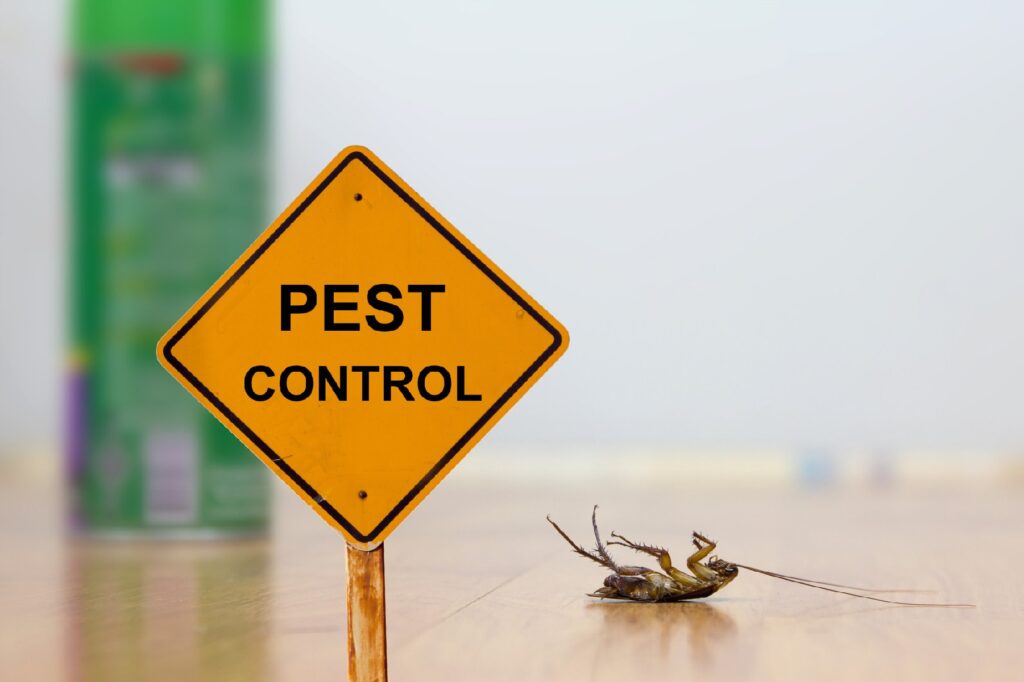A1 Charlotte Pest Control Companies - Your Regional Pest Experts
A1 Charlotte Pest Control Companies - Your Regional Pest Experts
Blog Article
Bed Bug Treatment Malfunction: Comparing Chemical Vs. Non-Chemical Solutions
In the world of bug control, particularly when handling the consistent issue of bed insects, the selection in between chemical and non-chemical therapy remedies can be a critical one. Both techniques supply distinctive benefits and drawbacks, affecting factors such as effectiveness, security considerations, and general expense. By checking out the nuanced information of each approach, a more clear understanding of which course to seek in resolving a bed bug invasion can be achieved.
Efficiency of Chemical Treatments
Chemical therapies for bed pest problems have actually been commonly acknowledged for their quick and powerful efficacy in eliminating these parasites. When taking into consideration the performance of chemical treatments, it is important to comprehend that they can offer a comprehensive and quick option to a bed bug trouble. Specialist pest control men commonly depend on pesticides to target bed insects at various phases of their life cycle, consisting of grownups, nymphs, and eggs. These chemicals normally work by disrupting the bed bugs' nerves, bring about paralysis and eventual fatality.
Additionally, chemical treatments have the benefit of offering recurring effects, indicating that they can remain to get rid of bed insects even after the first application. This residual action is particularly useful in combating any kind of prospective re-infestations. In addition, the fast action of chemical therapies can bring alleviation to individuals facing severe bed bug infestations, enabling them to gain back control of their home swiftly.
Security Worry About Chemical Solutions
One crucial aspect that requires mindful factor to consider when using chemical solutions for bed bug treatment is ensuring the safety and security of occupants and the environment. While chemical therapies can be effective in eliminating bed bugs, they may posture dangers otherwise dealt with properly. Among the key safety and security interest in chemical options is the potential damage they can cause to human wellness. Direct exposure to certain chemicals made use of in bed insect therapies can bring about respiratory system problems, skin irritation, or various other negative responses, especially in people with pre-existing problems or sensitivities. In addition, inappropriate application or dosage of chemical pesticides can cause hazardous deposits remaining in the cured area, posturing lasting health and wellness risks to owners.
Furthermore, the environmental effect of chemical remedies is another considerable consideration. Some pesticides made use of in bed insect treatments might be hazardous to helpful pests, wildlife, and communities if they leach into the soil or water supply. It is vital to make use of chemical therapies judiciously, complying with safety and security guidelines, go right here and thinking about less hazardous choices to reduce these risks and make certain the efficient and secure administration of bed pest problems.
Benefits of Non-Chemical Approaches
Considering the possible safety problems and environmental effect connected with chemical solutions for bed insect treatment, checking out non-chemical approaches offers an encouraging alternative with several distinctive advantages. Non-chemical therapies are ecologically friendly, as they do not contribute to air or water air pollution, making them a sustainable option for insect control.
Furthermore, non-chemical solutions can be reliable in targeting bed pests, including hard-to-reach areas where chemical treatments might not permeate - A1 charlotte pest control companies. Approaches such as heat treatment, vacuuming, heavy steam cleaning, and mattress encasements provide complete eradication without the use of harmful chemicals.
Limitations of Non-Chemical Treatments

In addition, non-chemical therapies commonly require numerous applications to accomplish effective obliteration. This can be taxing and may not constantly guarantee complete removal of all bed bugs and their eggs, particularly in hard-to-reach or concealed areas.
Additionally, the success of non-chemical therapies greatly counts on proper application and thoroughness, which can be testing for people without specialist experience. Poor application of non-chemical approaches may lead to insufficient eradication, bring about persistent read problems and the demand for additional therapies.
Therefore, while non-chemical treatments have their benefits, it is necessary to recognize these constraints and consider them when establishing one of the most effective technique for taking care of bed insect problems.
Cost Contrast: Chemical Vs. Non-Chemical Options
Given the restrictions connected with non-chemical treatments, a crucial element to review in the context of bed bug administration is the price contrast in between chemical and non-chemical alternatives. In comparison, non-chemical treatments like heat therapy or heavy steam can be much more pricey, with prices varying from $1,000 to $6,000 for an entire home. While the first expense of chemical therapies may appear lower, numerous treatments may be required to completely get rid of the invasion, possibly raising the total expense.
Conclusion

Thinking about the prospective safety problems and environmental effect linked with chemical services for bed pest treatment, discovering non-chemical techniques provides an appealing option with several distinctive benefits.Provided the constraints linked with non-chemical treatments, an important facet to review in the context of bed insect management is the cost comparison between chemical and non-chemical options. In comparison, non-chemical treatments like heat treatment or steam can be more expensive, with costs ranging from $1,000 to $6,000 for a whole home. While the initial cost of chemical treatments may appear reduced, numerous therapies might be required to completely eliminate the invasion, potentially boosting the overall expense.In verdict, when comparing chemical and non-chemical bed pest therapy choices, it is essential to think about effectiveness, safety and security, benefits, constraints, and cost.
Report this page